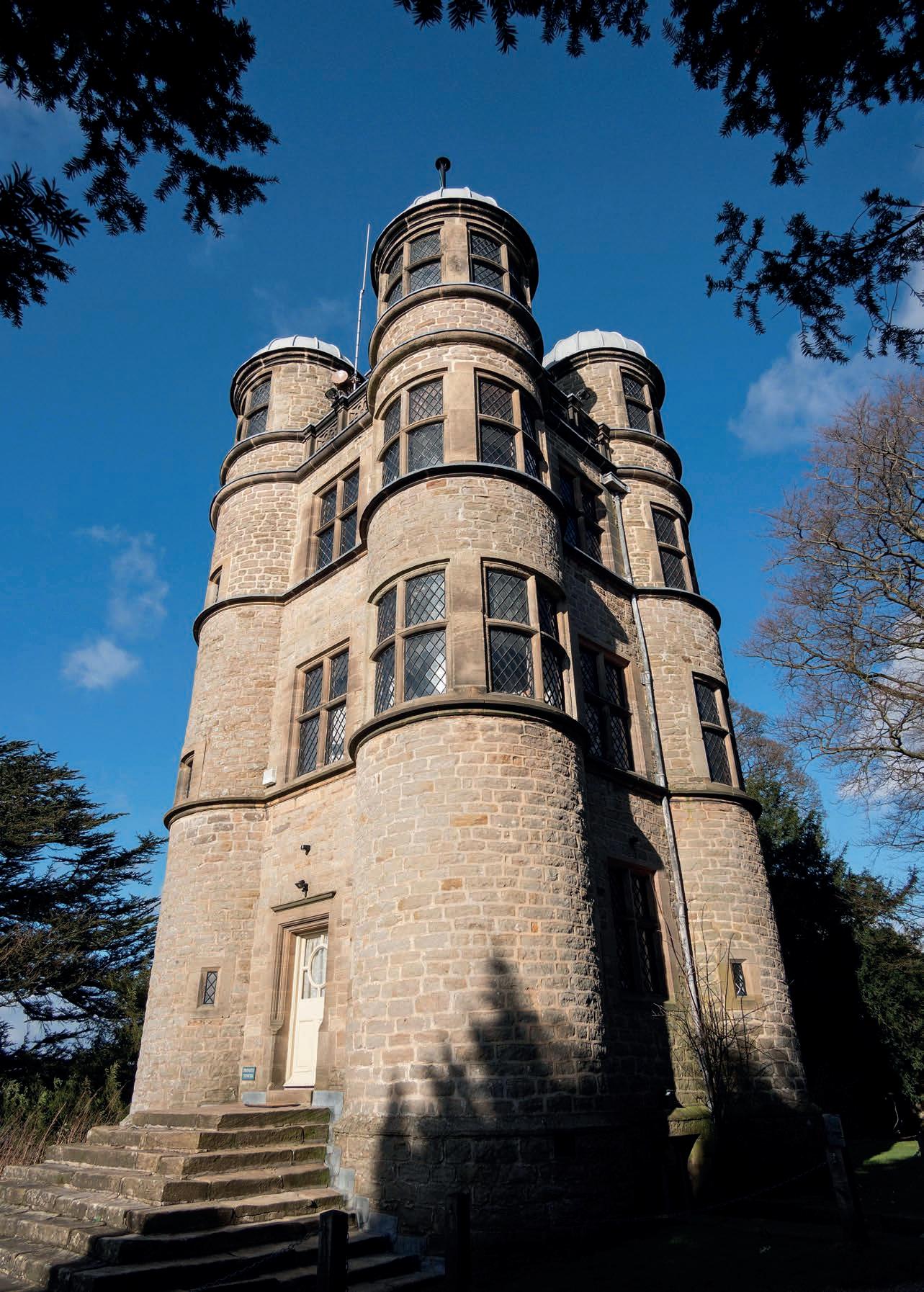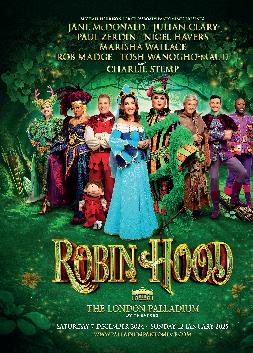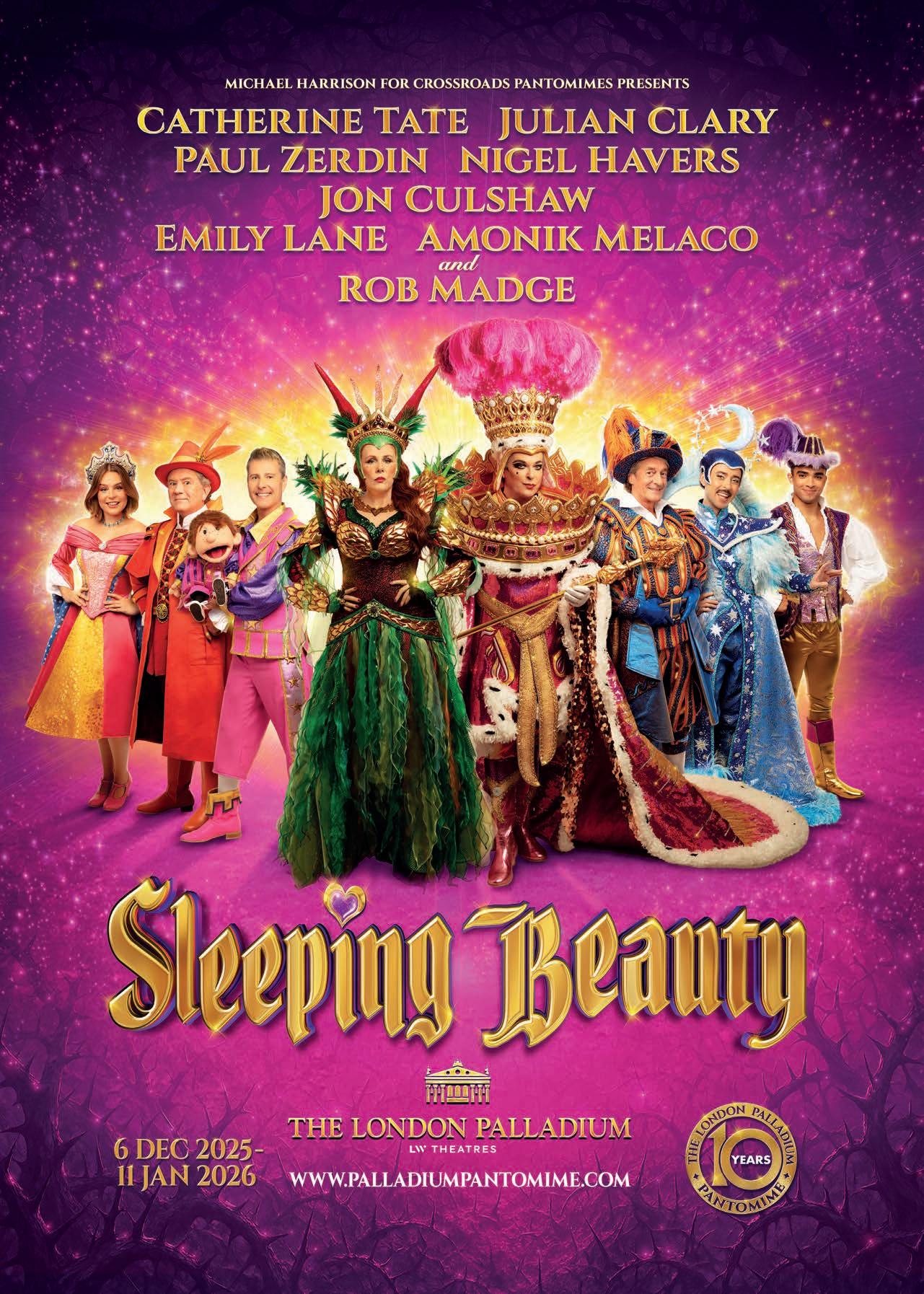












From Big Ben to St Paul’s, the top attractions for a capital stay

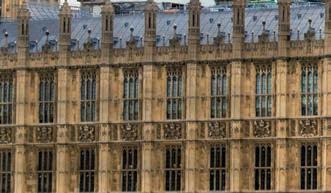
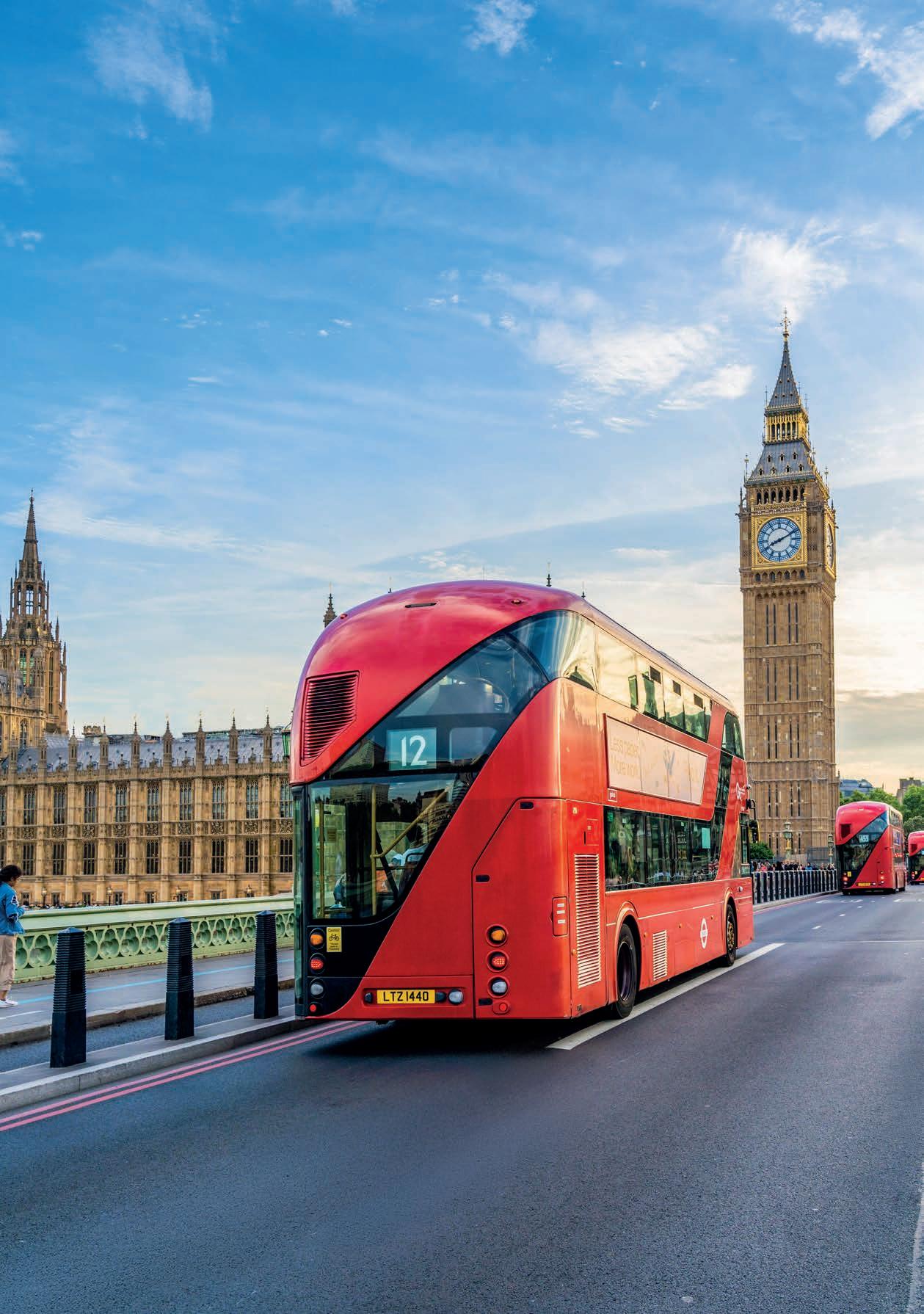
















From Big Ben to St Paul’s, the top attractions for a capital stay












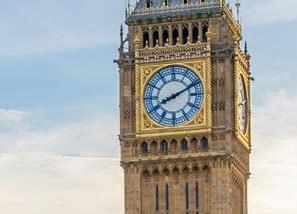




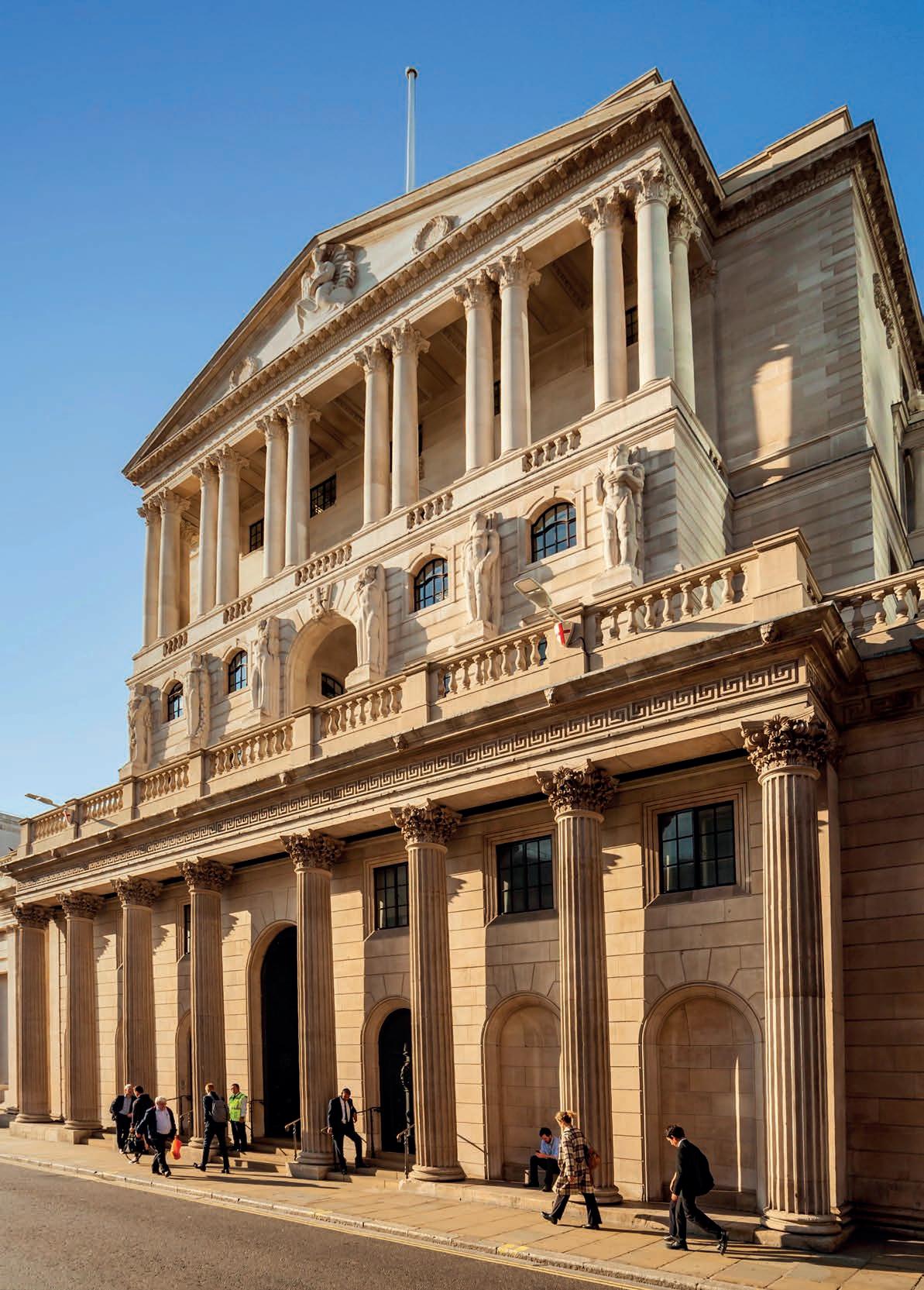

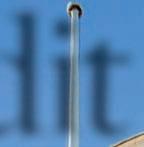
Your curated guide to Britain this season
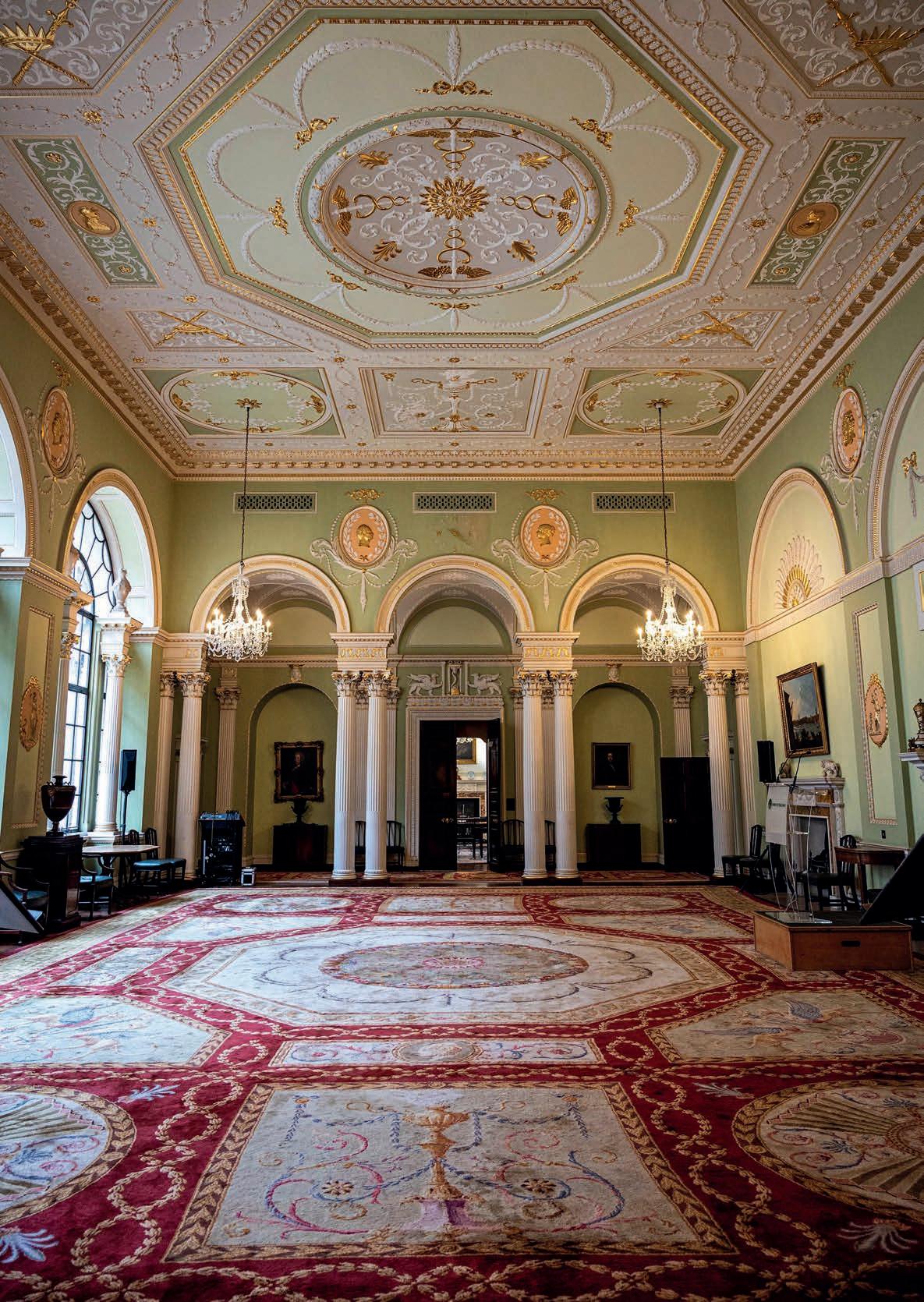
Tucked away beneath the Bank of England building on London’s Threadneedle Street, the Bank of England Museum is one of the capital’s lesser-known museums – and is free to enter year round.
To mark 100 years since work began on the current building, the Building the Bank exhibition will display previously unpublished images and unseen objects charting the development of this London landmark, designed by architect Herbert Baker.
Though Baker’s neoclassical design drew criticism – not least from architectural historian Nikolaus Pevsner, who described the demolition of the old John Soane-designed building as ‘the greatest architectural crime to befall London in the twentieth century’ – today it is a symbol of the City of London. Visitors to the exhibition, which runs until Spring 2027, can find out about some of the beautiful details added by Baker, including some stunning 1930s mosaic floors and grand rooms, which befit its status as a building believed to contain 400,000 gold bars in its basement vaults. bankofengland.co.uk/museum

The Christmas decorations at this department store on Piccadilly are the stuff of legend. Having served the great and good of London since 1707, it’s also reassuringly British and specialises in high-quality food hampers, chutneys and tea. It even has a tea-blending hall. fortnumandmason.com
Take your time at Liberty
Another long-standing shop, this time leaning more towards gorgeous fabrics and craftsmanship, you can easily lose yourself in Liberty’s six storeys, but you won’t mind in the least.
Built in the 1920s in the Tudor revival style using reclaimed timber from two British battleships, even the building itself is a thing of beauty. libertylondon.com
Visit the Royal Mews ‘out of hours’ Normally closed for the winter, this year the historic Royal Mews (within Buckingham Palace’s grounds) will be open as the Royal Collection’s first ever pop-up Christmas shop.
Swing by to shop for royal-themed gifts, such as the Property of the Royal Kitchen range of cooking accessories, inspired by the Great Kitchen at Windsor Castle – the oldest working kitchen in the country. rct.uk/visit/the-royal-mews-buckinghampalace
Just the ticket
Enjoy carols at St Paul’s Rising like a phoenix from the ashes following the Great Fire of London, the unmistakable dome of St Paul’s is a
defining feature of the London skyline.
Visit for a carol singing concert like never before, thanks to the incredible acoustics offered by the crowning glory to Sir Christopher Wren’s rebuilt city. stpauls.co.uk/christmas

Until March 2026, you can catch the UK’s first exhibition about one of France’s most famous queens, Marie Antoinette, at South Kensington’s Victoria & Albert museum.
Get in the Christmas mood at Kew
A little out of the city centre, way out west, this Christmas trail, which runs from mid November to early January each year, is nevertheless one of the UK’s most acclaimed illuminated events, and a feast for the senses.
Expect glittering light tunnels, dancing lakeside reflections, and trees drenched in glorious colour. kew.org/kew-gardens/whats-on/ christmas
Get your skates on at Hampton Court Palace
Set against the backdrop of Henry VIII’s favourite home, ice skating at Hampton Court Palace, in southwest London, is a royally approved way to glide into the Christmas season.
At Christmas time this historic Tudor palace on the banks of the Thames transforms into an enchanting world of ice, twinkling lights and festive merriment with the ice rink open from 21 November 2025 to 4 January 2026. hamptoncourtpalaceicerink.co.uk
Celebrate Marie Antoinette at the Victoria & Albert Museum
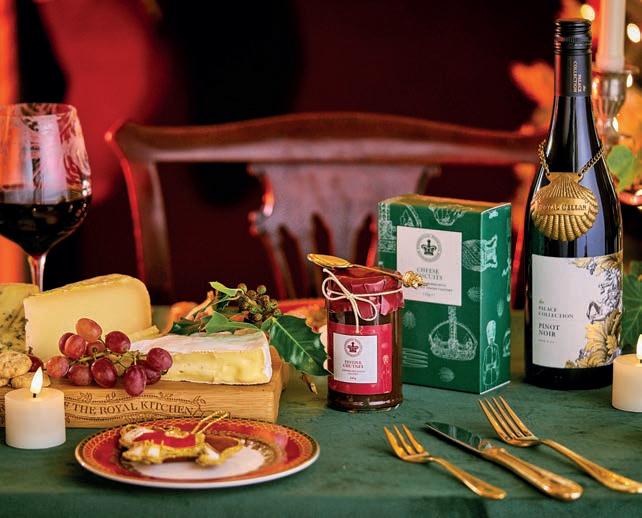
Marie Antoinette Style will explore the sartorial choices of the most fashionable queen in history, and the countless revivals in fashion that she has inspired. vam.ac.uk
Feel nostalgic at The Nutcracker
For a really British Christmas experience, you could book tickets for a pantomime at one of London’s local theatres, However, for us, the pinnacle of festival stage shows is this beautiful production of a Christmas classic by the English National Ballet (11 December 2025 – 11 January 2026). londoncoliseum.org
As the days start to stretch out and winter becomes but a yawning memory, spring is a time of great promise, with daffodils in the park, picnics on a whim, and new stage shows and exhibitions to look forward to.
Check in
Be exquisitely looked after at The Chancery Rosewood
By spring, this hotel, which opened its doors in September 2025, should have settled in, and just a hop and a skip from Hyde Park you’ll be able to make the most of the upturn in weather.
Situated in the former US Embassy in a design-led 1960s building, it promises highly personalised service (including transfers and a car on hand) as well as suite-only rooms, and five on-site food and drink options, including an opulent tearoom.
rosewoodhotels.com/en/the-chanceryrosewood
Shop around
Seek out scents: Colombia Road Flower Market
When we think of spring we think of new life and blooming flowers, which is why a visit to London’s well established East End Sunday flower market, is a must. ➤

Clockwise from above: The Boat Race takes place each spring; Queen Elizabeth II’s wedding dress will go on display in 2026; the Chelsea Flower Show; go Christmas gift shopping at the Royal Mews

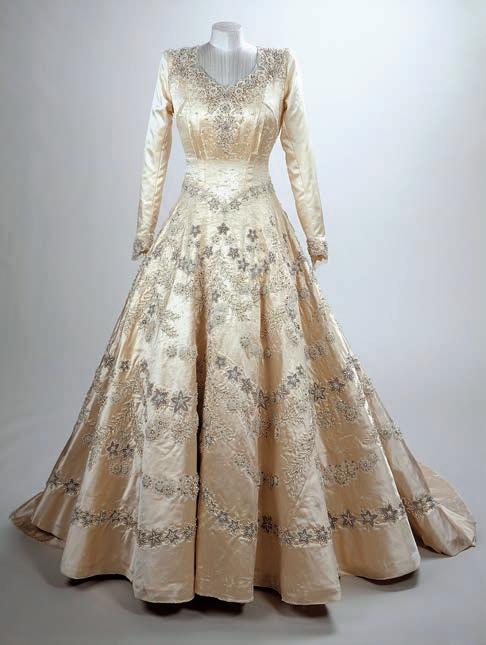

You could be forgiven for thinking that Shakespeare’s Globe theatre, which is located on the south bank of the Thames, directly opposite St Paul’s Cathedral, has been there since the Bard himself lived in the area over 400 years ago.
In fact, this unique circular-shaped building is a full-scale reconstruction, completed in 1997, of his original open-air theatre from the end of the 16th century. Thankfully, in addition to the exposed open-air ‘yard’, there’s also a covered seating section for the audience, which means the show can still go on, even in the worst of the British weather.
There’s also an indoor candlelit playhouse that is an archetype of an indoor Jacobean theatre. Serving as both performance space and education centre, the modern version of Shakespeare’s Globe was founded by the American actor and director Sam Wanamaker. To complement a year-round programme of plays, shows, workshops and events suitable for all ages and interests, this landmark venue also offers guided tours of the complex, which includes a gift shop as well as a café, bar and restaurant overlooking the river. shakespearesglobe.com


This month, our Londonphile raises the curtain on some of London’s lesser-known theatres
“
All the world’s a stage”. Nowhere is William Shakespeare’s famous quote (from As You Like It) more true than in London, which boasts over 240 theatres – that’s more theatres per square mile than New York City. About 40 of them, including the largest and most well known – the Coliseum, Palladium and Theatre Royal, for instance
– are in the West End: Covent Garden, Leicester Square, Piccadilly Circus and Soho. However, there are plenty of other smaller or less famous but equally good theatres dotted around the capital.
Here are some of the most historic venues in the capital putting on plays, musicals, pantomimes and shows to keep everyone entertained this winter.


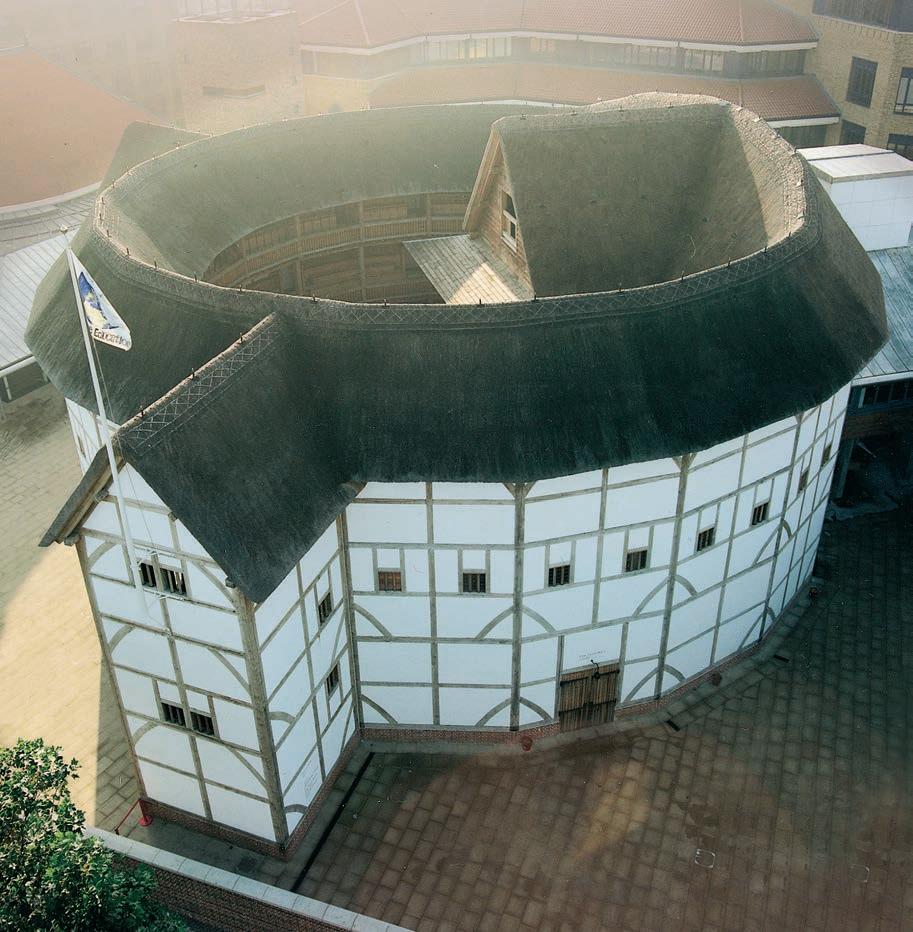
This 460-seat theatre in the East London district of Stratford – a previously down-at-heel area significantly regenerated by the staging of the 2012 London Olympics – is only a short walk from the popular Westfield shopping centre. Built in 1884, it was commissioned by the son of a famous (at that time) actor, Charles Dillon. Previously known as The Theatre Royal, it flourished under the artistic direction of Joan Littlewood (often referred to as ‘The Mother of Modern Theatre’) whose staging of the renowned Oh! What A Lovely War (later adapted for film) brought the theatre international recognition. It was saved from demolition in 1972 by the granting of a Grade II listing and today puts on an eclectic programme of contemporary and classic entertainment for all ages. An important part of London’s cultural fabric, its historic archive was acquired by the British Library in 2020 for research and preservation. stratfordeast.com

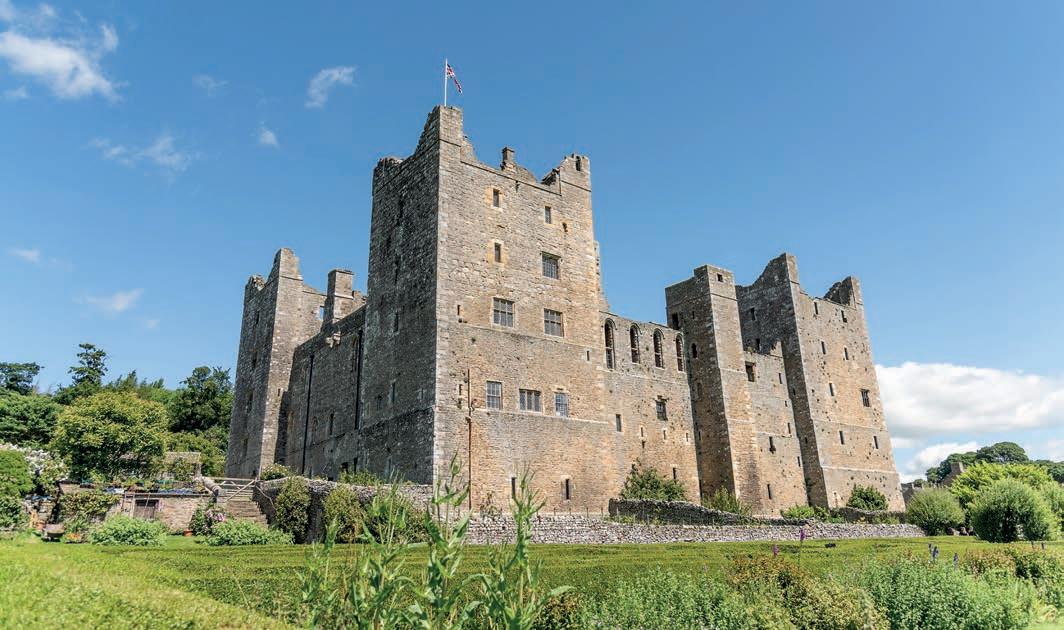
English state. A few days later she was moved to Carlisle Castle overlooking the River Eden. The heavy guard of soldiers that rode alongside her must have raised suspicions as to the reality of her situation. As might the appearance of Carlisle Castle which, being dour and inimical, feels foreboding.
Gradually, as Elizabeth’s reservations about her unwanted visitor deepened, Mary was moved further and further from the border, to prevent rescue or escape. Today, you can retrace her journey step by step, from the magnificent Bolton Castle in Yorkshire through many other fascinating locations.
One such is the beautiful spa town of Buxton in the Peak District, which Mary was allowed to visit on several occasions, in the hope of improving her wretched health. Not far from Buxton is one of the most appealing buildings associated with her: a quaint hunting lodge at Chatsworth, situated on the wooded hillside above the mansion.
Sadly, the Chatsworth House that Mary knew has changed beyond all recognition, but the grandeur of the present-day building hints at the splendour of its Tudor predecessor. That magnificent property was the pet project of Bess of Hardwick, the formidable wife of George Talbot, Earl of Shrewsbury. For
With only a few exceptions, her quarters were deluxe. Commoners would have marvelled at how she lived
almost 15 years, Shrewsbury was Mary’s longsuffering jailer, holding her in a string of castles and stately homes he owned.
Unsurprisingly, Bess grew jealous. The word ‘prisoner’ evokes images of dungeons with dripping walls, but Mary’s experience was rather different. With only a few exceptions, her quarters were deluxe. Commoners would have marvelled at how comfortably she lived, not to mention how well fed she was (two buffets a day, of two courses, each of which comprised 16 dishes, plus an abundance of wine, some vats of which she bathed in).
Among the best-appointed of her gilded cages was Sheffield Manor Lodge, with its bijou Turret House. Equally opulent was St Mary’s Guildhall in Coventry, where she was housed for a short period during the Northern Rebellion of 1569, when it was feared her supporters would attempt to rescue her. Immaculately preserved, the Guildhall today is almost exactly as it was when Mary arrived.
To my mind, however, the most atmospheric property is the place she loathed above all others: Tutbury Castle in Staffordshire. Situated on a hill above the picturesque town of Tutbury, and now a ruin, the castle was built above swampish moorland and stood at the mercy of the four winds. Mary was plagued by cold, damp, draughts, and shocked at the dilapidated state of her rooms. Assailed by the smell of the middens, she was appalled one day to see the body of a priest who had hanged himself on the castle walls outside her windows; another inmate drowned in the castle well.
Far from being dull, Mary’s prison years were
